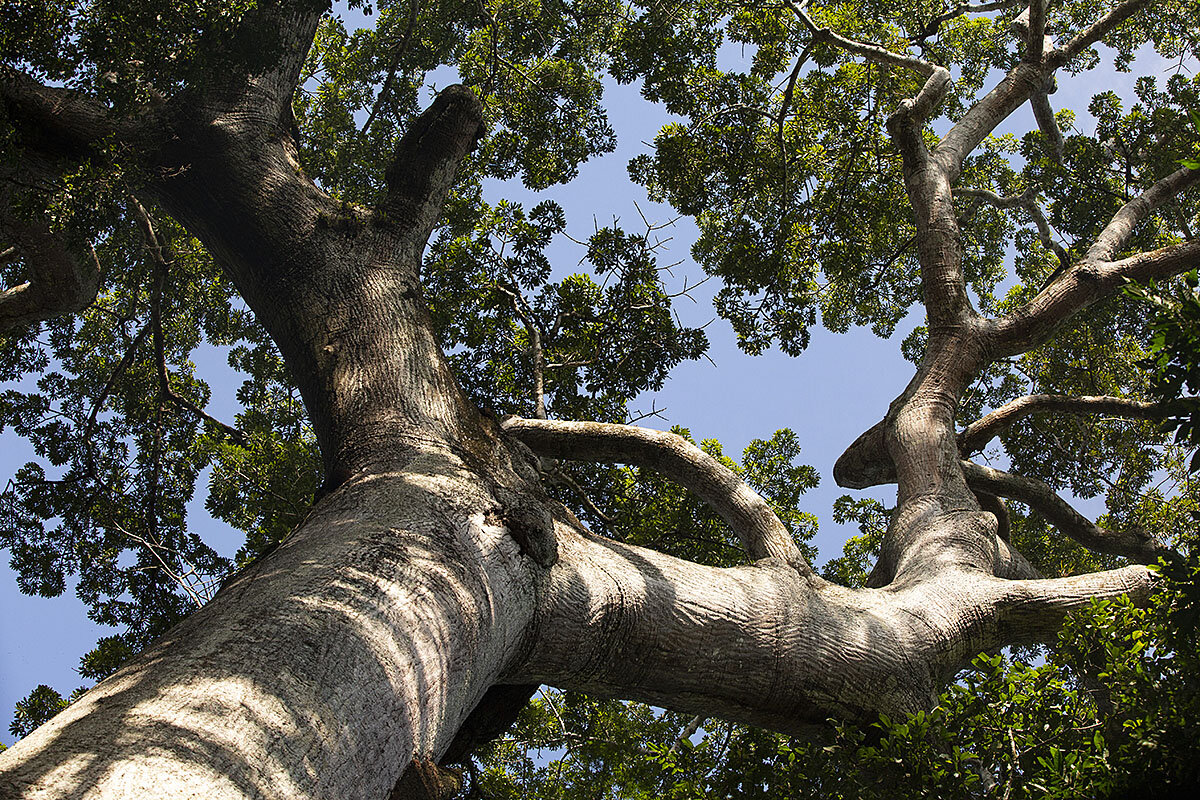The case for optimism, even in trying times

 Stephen Humphries
Stephen Humphries
This week, I got a new perspective on the old idiom, “Can’t see the forest for the trees.”
News stories about deforestation may leave the impression that tree cover is being peeled off the globe. But a new book, “Ten Global Trends Every Smart Person Should Know,” reveals that since 1982, forestation has expanded across the Earth by 865,000 square miles. There's a difference in the biodiversity of intentional forestation and natural growth. But these net gains are an often overlooked part of the overall picture.
“One of the things we address in the beginning chapter is, ‘Why do most people think the world is in bad shape and getting worse?’” says Ronald Bailey, a science reporter for Reason magazine, who co-wrote the book with Marian Tupy, editor of HumanProgress.org.
Mr. Bailey says there are worrying trends such as anthropogenic climate change, plastics pollution, and deforestation in the tropics. But zoom out to a holistic view, and there are also significant credits in the global ledger. Food production is up, agricultural land use is down. In 1900, average life expectancy was 35. Today it’s 72. By 2100, world per capita income will likely be between $75,000 to $100,000 per person.
The book catalogs noncontroversial data rather than offering analysis, but Mr. Bailey attributes progress to human ingenuity within a framework of democratic government and freer markets.
“If you don't know what’s wrong or right with the world, you can’t fix the problems,” he adds.




